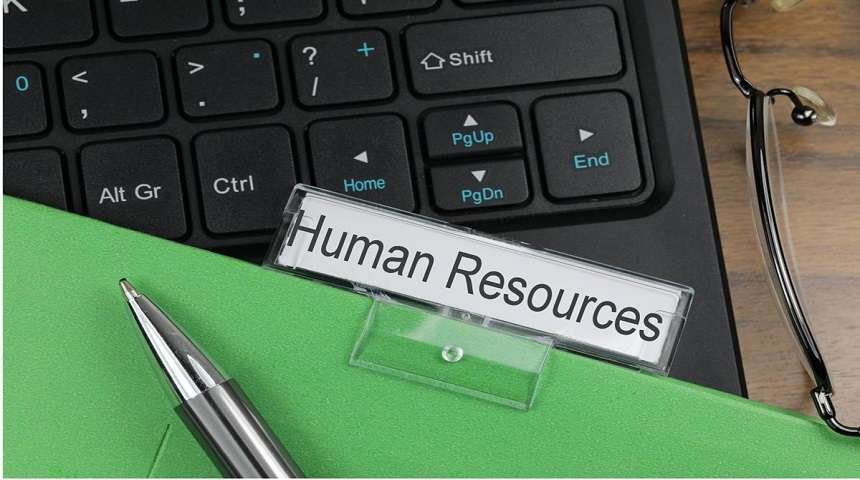Employee motivation is a critical factor in the success of any organization. When employees are motivated, they are more productive, engaged, and committed to their work, which leads to higher job satisfaction and lower turnover rates. On the other hand, demotivated employees can be a significant liability for an organization, leading to low productivity, absenteeism, and high turnover rates. In this blog, we will explore the different strategies and techniques that HR can use to motivate employees and create a positive work environment.
Contents
What Do You Mean By HR Employee Motivation?
HR employee motivation refers to the strategies and techniques that organizations use to encourage and inspire their employees to perform at their best. Motivation is a critical factor in job satisfaction and employee engagement, and it plays a significant role in determining an organization’s success. HR professionals are responsible for creating a positive work environment that fosters motivation and ensures that employees are happy and fulfilled in their roles. Ultimately, the goal of HR employee motivation is to create a workforce that is engaged, productive, and committed to the organization’s success.
What Is The Role Of HR In Employee Motivation?

The role of HR in employee motivation is critical, as it is the HR department’s responsibility to create an environment where employees feel engaged, supported, and motivated to perform their best. HR professionals play a central role in developing and implementing strategies to improve employee motivation, satisfaction, and retention. Some of the specific ways HR can contribute to employee motivation include:
- Developing and implementing employee recognition and reward programs to acknowledge and celebrate employee achievements.
- Providing opportunities for training, career development, and growth to support employees’ professional development and help them reach their potential.
- Creating and promoting a positive work culture that fosters teamwork, collaboration, and innovation.
- Offering competitive compensation and benefits packages that recognize the value of employees’ contributions to the organization.
- Encouraging work-life balance and offers flexible scheduling and other benefits that support employees’ personal needs and priorities.
- Providing effective communication channels and feedback mechanisms that allow employees to voice their concerns, share feedback, and contribute to the organization’s decision-making processes.
Overall, HR’s role in employee motivation is to create a positive and supportive work environment that promotes employee engagement, satisfaction, and productivity.
Strategies For Employee Motivation Used By An HR
There are many strategies that HR professionals can use to motivate employees and improve their engagement and job satisfaction. Here are some of the most effective strategies for employee motivation:
Recognition And Rewards
HR can develop and implement recognition and reward programs to acknowledge and celebrate employee achievements. This can include bonuses, promotions, public recognition, and other incentives that recognize employees’ hard work and contributions.
Professional Development
HR can provide employees with opportunities for training, career development, and growth to support their professional development and help them reach their potential. This can include training programs, mentorship, coaching, and other development opportunities.
Positive Work Culture
HR can create and promote a positive work culture that fosters teamwork, collaboration, and innovation. This can involve promoting work-life balance, offering team-building activities, promoting diversity and inclusion, and encouraging open communication and feedback.
Competitive Compensation
HR can offer competitive compensation and benefits packages that recognize the value of employees’ contributions to the organization. This can include salary increases, performance-based bonuses, and other incentives that reward employees for their hard work.
Flexibility
HR can offer flexibility in scheduling and other benefits that support employees’ personal needs and priorities. This can include flexible work hours, telecommuting options, and other benefits that help employees balance work and personal responsibilities.
Provide Feedback And Coaching
Regularly provide constructive feedback and coaching to help employees improve their skills and performance. This can involve regular check-ins with managers, performance reviews, and other feedback mechanisms. When providing feedback, be specific about what the employee is doing well and where they need to improve. Provide examples and specific instances to help them understand your feedback.
Encourage Work-Life Balance

Promote work-life balance by offering flexible work hours, telecommuting options, and other benefits that support employees’ personal needs and priorities. Consider offering flexible work arrangements, such as telecommuting, flexible hours, or compressed workweeks. This allows employees to balance work and personal responsibilities more effectively.
Communication
HR can provide effective communication channels and mechanisms that allow employees to voice their concerns, share feedback, and contribute to the organization’s decision-making processes. This can involve regular check-ins with managers, town hall meetings, and other opportunities for feedback and dialogue.
Let Them Involve In Decision Making
Involving employees in decision-making processes can be a powerful technique to motivate them and increase their sense of ownership and engagement in their work. HR can involve employees in decision-making by establishing participatory decision-making processes. This involves empowering employees to contribute to decisions that affect their work and the organization.
Employee Representation
HR can establish employee representation on decision-making bodies such as advisory boards, committees, or task forces. This can provide employees with a voice in organizational decision-making. This can be achieved by appointing or electing employees to represent the workforce on various committees, boards, or other decision-making bodies within the organization. Works councils are typically made up of elected employee representatives who have the power to influence management decisions.
By using these strategies and other effective techniques, HR professionals can help motivate employees and create a positive work environment. All of it will foster engagement, productivity, and job satisfaction.
Conclusion
In conclusion, HR professionals play a vital role in motivating employees and creating a positive work environment. To motivate employees, HR can implement various strategies, including recognition and rewards, professional development, positive work culture, communication, and feedback. HR professionals can help create a workplace that is supportive, engaging, and fulfilling for employees, ultimately leading to improved retention, productivity, and organizational success.
Employee wellness programs are the key to improving employee motivation, productivity, and retention. At MantraCare, we have a team of health experts, counselors, and coaches who serve corporate employees with 10+ wellbeing programs including EAP, Employee Diabetes Reversal, Corporate MSK, Employee Fitness, Corporate Yoga, and Employee meditation.
